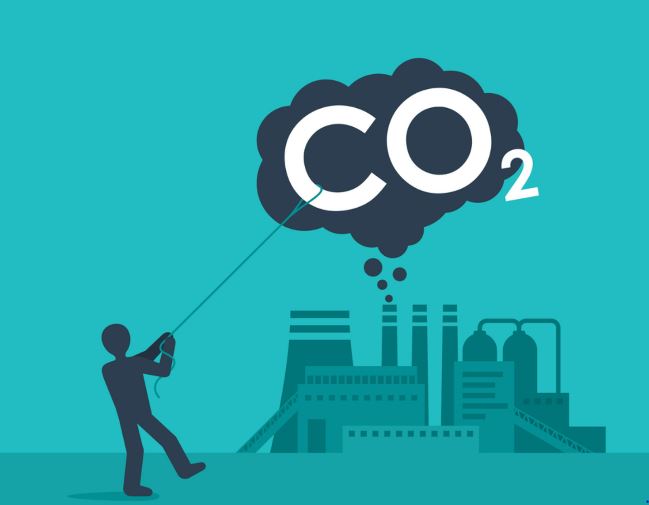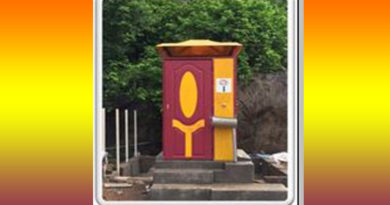CCUS: Needed Technology in the Battle to Fight Industrial Emissions
 Gorgon Project underdelivers
Gorgon Project underdelivers
As the world grapples to address this challenge, Carbon Capture, Utilization and Storage (CCUS) technologies are turning out to be one of the key enablers, especially to ward off emissions from hard-to-decarbonize industries such as cement and steel. According to Professor Mercedes Maroto-Valer, Director of the UK Industrial Decarbonization Research and Innovation Centre (IDRIC), much will be played by CCUS in the net-zero target being accomplished globally: the foundation just recently covered on a podcast.
Even if all the renewable energy technologies available are deployed, there are still emissions from industrial processes that only CCUS can address, she explained, in a reference to the fact that renewable energy and reforestation alone will not address all sources, particularly those related to industrial processes.
CCUS is especially crucial as the emissions are captured at source and will, therefore, not seep into the atmosphere. According to the International Energy Agency, it is estimated that CCUS technologies will add 19% of the carbon emission reductions needed by 2050 in order to limit global warming to 1.5 degrees Celsius. There are currently 35 commercial CCUS facilities operating worldwide, capturing almost 45 million tonnes of CO2 annually, while another 200 projects are under development.
But then ‘beyond the technical and economic drivers, CCUS requires community trust and public support. Winning a social license to operate is critical, since projects must be perceived as credible and legitimate by communities.’.
Despite their relatively high cost, at between $50 and $200 per tonne of CO2, innovative approaches such as CCUS clusters involving multiple industries sharing infrastructure are likely to reduce costs and enhance further uptake of the technology.




